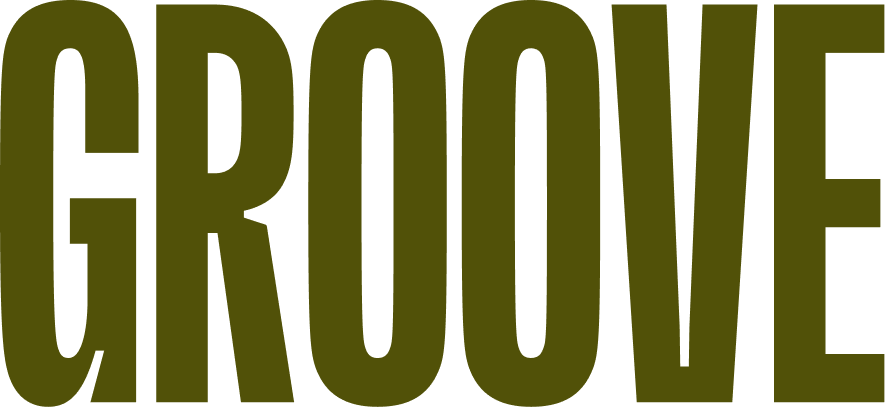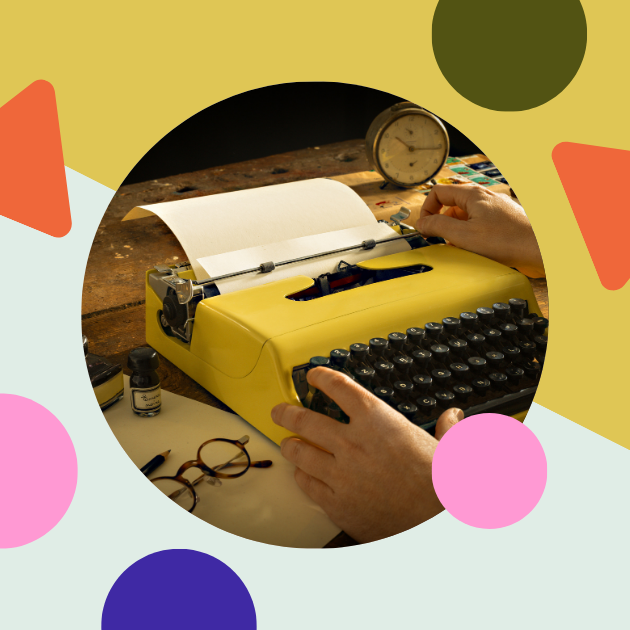The surprising way to jump-start your creativity and leave burnout behind
In her Time Management Course, Business Consultant and Creative Mònica Rodríguez Limia blew my mind with two simple principles based on her Applied Neuroscience findings.
Monica has been helping creatives worldwide to embrace the peculiar ways of the creative brain and become better business managers and administrators. Here’s what she taught me.
1. A creative person’s brain is always one step away from burnout.
The brain of a creative person constantly deals with abstract ideas and imagination, partially due to its receptiveness to inspiration, the intensity of its interpretations, and its facility to experience creative rapture. Imagine then how these sensitive brains can quickly become overstimulated by the hyper-input of today’s world.
By the time a creative moves from inspiration to idea and finally decides to undertake a creative project, she has already oversaturated her brain with stimulus and processing. Then, critical skills like time management can become insurmountable barriers to action.
Never before had our brains needed to process so much information. Data production has grown exponentially in the last few years. And the digital era and our dependability on digital technology have us migrating into a more and more virtual existence.
Back in the day, we needed an agenda and calendar to manage our time-related productivity. Today, we’ve entered such a fast-evolving, intangible matrix that we need outlooks, macro and micro perspectives, processes, and even philosophies to keep up with our minds and demands.
So much has changed in such a short time, it’s no wonder that our mental health has become a core conversation. Our current world and culture requires us to meet the demands of a more intangible, accelerated, and disruptive world.
2. Creative people can think with their hands to avoid burnout.
The good news is that creatives can use analog technology to deal with abstract and complex planning processes, thus freeing headspace to take action and execute their projects.
And what’s a good definition of analog technology? I see it as the use of tangible means to process information. Examples include using your hands and mind through paper, handwriting, post-its, rulers, colored pencils, journals, and notebooks to organize time, plan projects, keep track of goals, and even strategize.
Analog technology is like Earthing; it helps us connect with our soft animal and earthly senses. Take a few minutes to handwrite in your weekly agenda, feel the texture of the paper. Draw, organize, and write your ideas in colorful post-its gets you to a place of reassurance from where you can then produce that work you wanted.
No wonder why these methods are at the root of almost any design and collective intelligence process.
Combined with proven processes and techniques like Get-Things-Done, brainstorming and prioritizing, or batching and chunking, analog technologies reconciled me with Time Management.
At the start of every new project, I begin the process by using paper and post-its to brainstorm, organize ideas, and structure my action flow is a project that has a better chance to be accomplished thoroughly and on time.
The sensory rituals I indulge in when mapping out my week in my self-made agenda, or brainstorming my pitches into post-its, have put me back on track. It’s the super-tool that gets me through the barrier of fear of action daily.
And I’m not the only one… it’s no surprise that in a community like Groove, where there are many entrepreneurs, freelancers, and creatives, many of us have found analog technologies to provide a stand to help us keep going toward our goals 🥳
🕺 We’re a coworking space and community of like-minded individuals on a quest to live life differently. Apply to join @ groove.ooo.


